In 1970, after over a decade of intermittent hospitalization for mental illness, Unica Zürn committed suicide by jumping out the window of the apartment of her longtime companion, the Surrealist artist Hans Bellmer. Zürn is best known as the author of anagrammatic poetry and the semi-biographical novellas Dark Spring and The Man of Jasmine, but she was also a visual artist. She had a preternatural skill for creating phantasmagorical worlds. Her pen-and-ink drawings were exhibited at galleries throughout Paris and Berlin, and she participated in the 1959 International Surrealist Exhibition. Her artistic practice, often eclipsed by that of her husband, confounds her literary legacy.
Zürn was born in 1916 and raised in the Grünewald suburb of Berlin. Her father—a writer, editor, and cavalry officer whom she adored—was frequently absent, and she detested her mother and older brother. In Dark Spring, she alludes to suffering verbal and emotional abuse from her mother and being raped by her brother. When she finished school, she began working for Germany’s national film company, Universum Film AG. She claimed to know nothing about the violence being committed by the Nazi’s until 1942, when she heard an underground radio broadcast describing the conditions of the concentration camps. That same year, at the age of twenty-six, she married Erich Laupenmühlen, a much older wealthy man who worked for Leitz Cameras, manufacturer of the Leica camera. Seven years later, they divorced, and because she had no money to pay for a lawyer or to provide for her children, she lost custody. In 1953, while working as a freelance writer for West Berlin newspapers, she attended an exhibition of Bellmer’s work at Galerie Springer. Shortly after, she abandoned her freelance writing in Berlin (her final radio play aired in 1954) and moved with Bellmer to Paris. There they lived a largely reclusive life in various hotels. She became pregnant multiple times, but never again gave birth. Zürn endured many back-alley abortions during her second marriage.
With Bellmer as her entrée, Zürn met Paris’s leading Surrealists. She began experimenting with anagrammatic poetry and “automatic drawing,” in which the artist’s hand moves freely across the page in an attempt to express the unconscious. In 1954, she produced Hextentexte (Witches’ Writings), an illustrated manuscript consisting of five drawings and corresponding anagrams. Zürn had a sophisticated conception of the relationship between words and images. One drawing, accompanying a text titled “Wir leben den Tod” (“We Love Death”), portrays a sprightly creature with an alligator-like beak, marching in profile, its body covered in highly detailed patterns. Another drawing depicts a flying creature with multiple wings and thin, scaly arms—it looks like the animal kingdom’s equivalent to an antiquated airplane. The anagrams—filled with motifs of death, love, and sorrow—invest the images with a sense of melancholy. At the same time, the chimerical creatures—rendered in black India ink—invest the writing with an ineffable joy.
In Oracles and Spectacles, an unpublished book of drawings and anagrams from the 1960s, Zürn’s filigree lines form interconnected faces, dizzying swirls of human and cephalopod-like bodies that billow through the picture plane like clouds of smoke. She employs the Surrealist practice of automatic drawing, but her gossamer line work and fantastical flourishes evoke decorative motifs of Art Nouveau and grotesqueries.
In her personal life, Zürn located her sense of identity in her relationships with others, particularly men. She embraced Bellmer’s dominance: the original manuscript of her novel The Man of Jasmine attributes authorship to “the wife of Hans Bellmer.” She fell passionately enamored of the Surrealist writer Henri Michaux, whom she saw as the embodiment of the original “man of Jasmine,” a recurring figure from her childhood dreams whom she describes as her “image of love.” According to the art historian and literary critic Mary Ann Caws, Zürn once said, “I always need a companion to tell me what to do … They just have to say, Now you do this, now you do that.”
In The Man of Jasmine, she describes an anonymous “someone” traveling through the body of the narrator, modeled in her image, and turning it into his home. This sense of housing an other echoes her feeling of being divided between two roles—that of the artist and that of the passive muse. The Trumpets of Jericho, her most sophisticated and novelistic anagrammatic work, begins with an unwanted pregnancy and a rejected baby. Here, repulsion simmers beneath the surface of creation. The child, the product of one of seven possible lovers, is deformed and monstrous, a “hideous creature.” Yet his birth gives rise to a dreamlike fantasy recounted through fluid prose poetry.
Zürn’s artistic practice was inextricable from her bouts of mental illness. She produced the majority of her art during the years she spent in mental institutions. Her work reflects the sense of being observed by both staff and fellow patients in the institution. Zürn’s drawings are populated with eyes and faces that overlap and emerge from one another, sometimes in claustrophobic masses and other times as what appear to be different facets of the same person.
Although Zürn is being looked at, she is also watching attentively, and her creations—multiheaded hydras, apparitions with wandering eyes, all-seeing phoenixes—suggest preternatural perception. “As a child,” she writes in The Trumpets of Jericho, “I was given to reconnoitering, recognizing. Now I have been led for years by gloom into the blackness. Do you know it? Pairs of eyes dead full of time look earnestly across the border between being and nothingness.” While Unica Zürn’s literature portrays a life of illness and loss, her drawings attest to—and, with their multiple eyes, see—a realm in which wonderment triumphs.
Natalie Haddad received her Ph.D. in art history from the University of California, San Diego, in 2016. She is currently a freelance art writer and coeditor of Hyperallergic Weekend.
from The Paris Review https://ift.tt/2H8G2hG
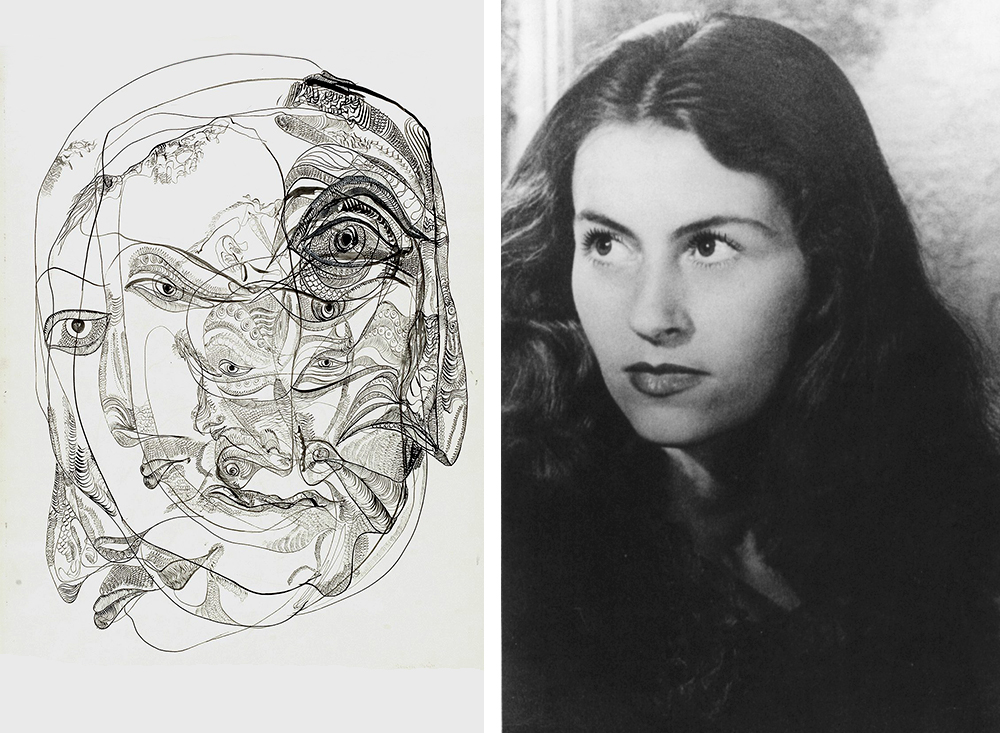

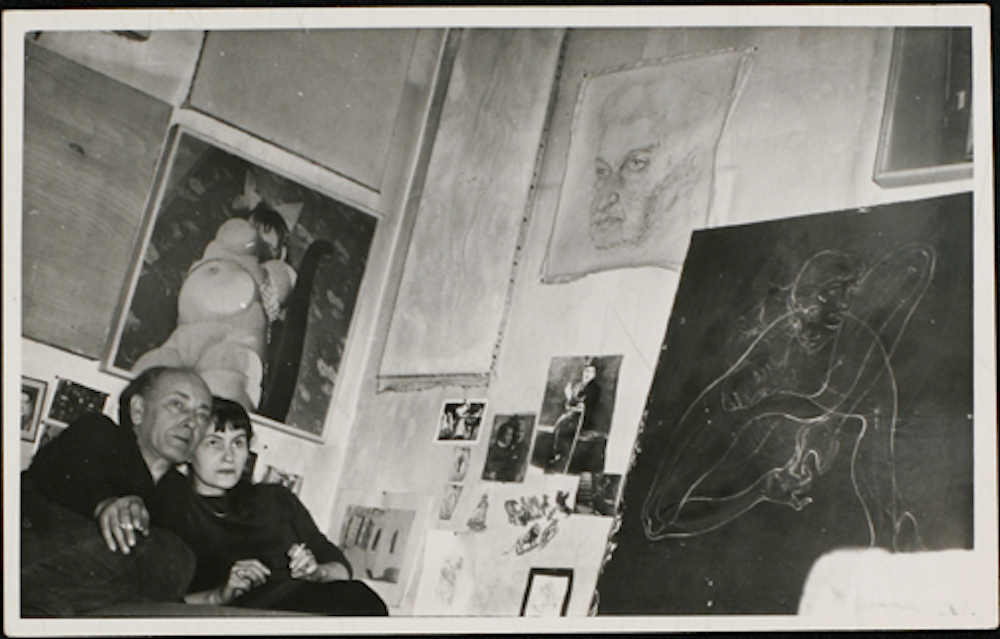
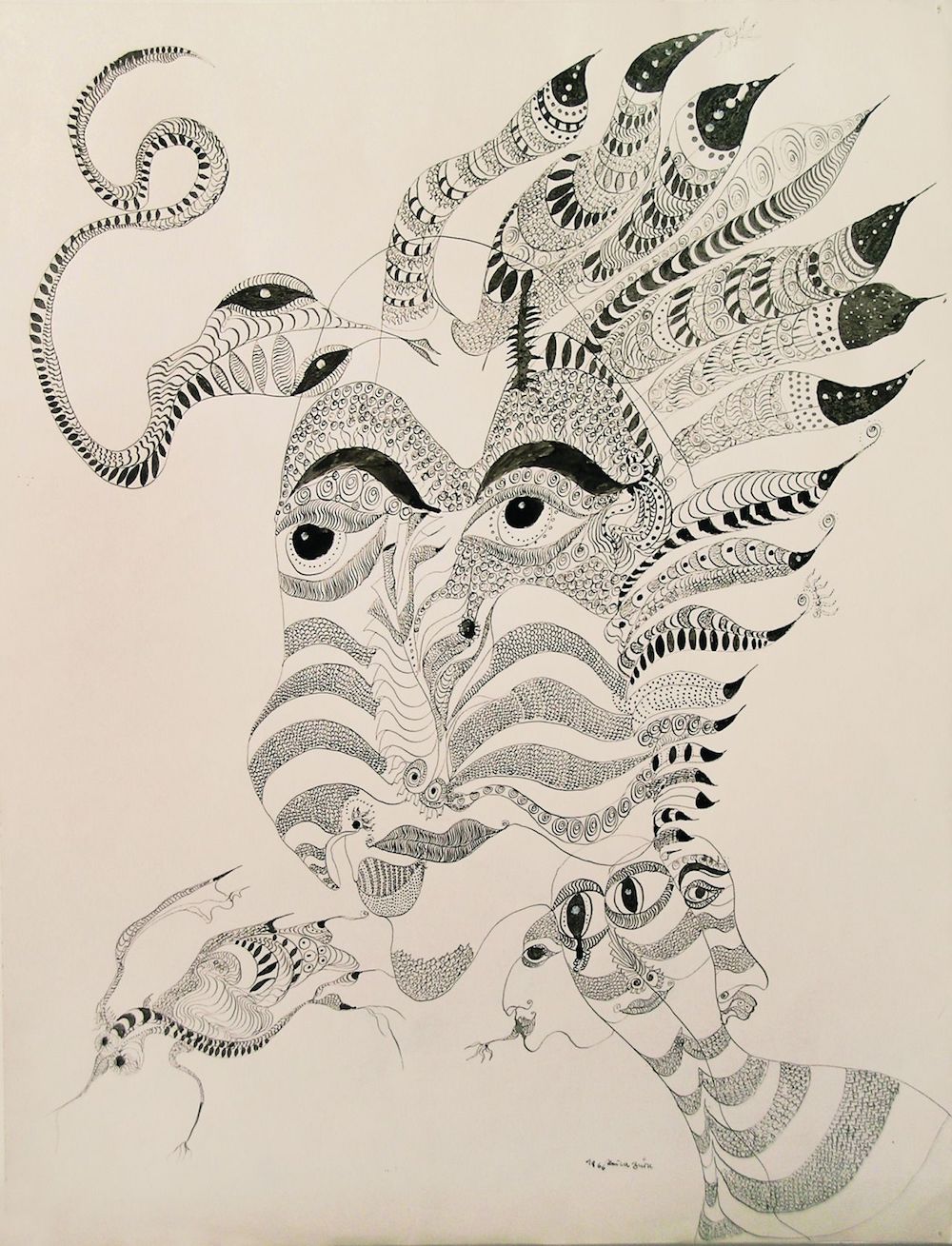
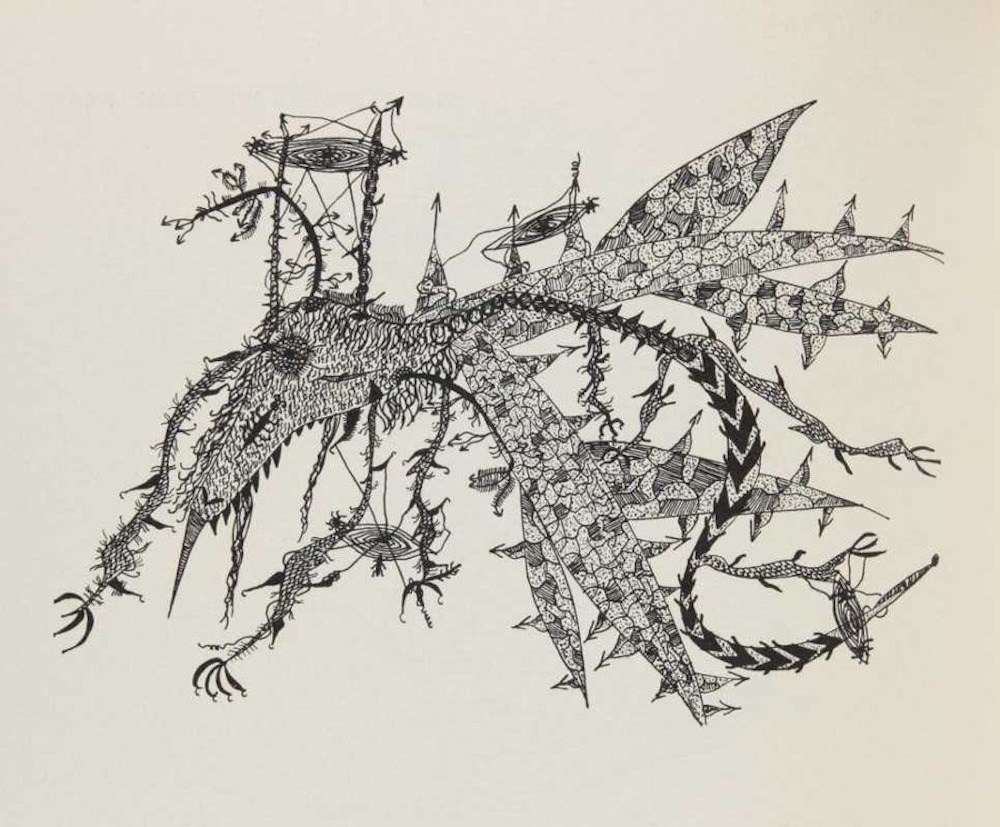
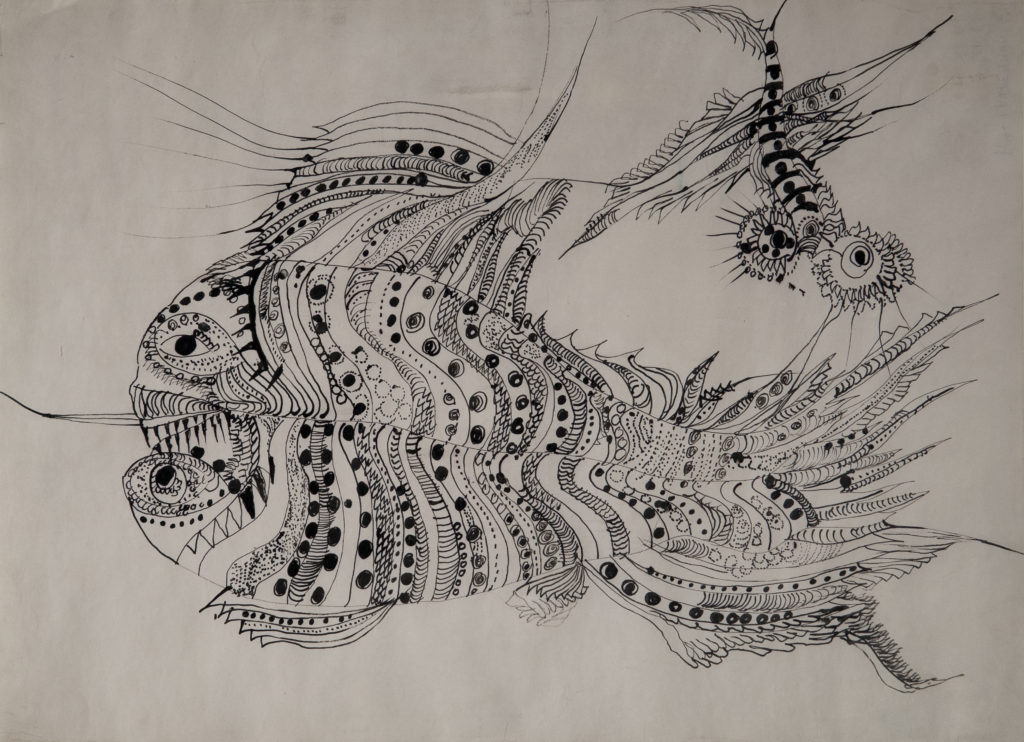
Comments
Post a Comment